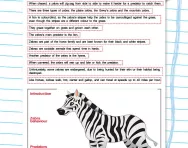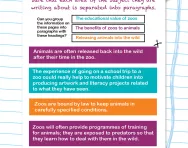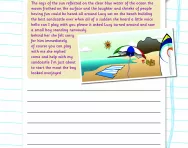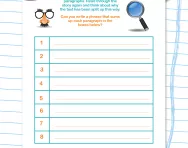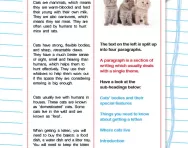Important update from TheSchoolRun
For the past 13 years, TheSchoolRun has been run by a small team of mums working from home, dedicated to providing quality educational resources to primary school parents. Unfortunately, rising supplier costs and falling revenue have made it impossible for us to continue operating, and we’ve had to make the difficult decision to close. The good news: We’ve arranged for another educational provider to take over many of our resources. These will be hosted on a new portal, where the content will be updated and expanded to support your child’s learning.
What this means for subscribers:
- Your subscription is still active, and for now, you can keep using the website as normal — just log in with your usual details to access all our articles and resources*.
- In a few months, all resources will move to the new portal. You’ll continue to have access there until your subscription ends. We’ll send you full details nearer the time.
- As a thank you for your support, we’ll also be sending you 16 primary school eBooks (worth £108.84) to download and keep.
A few changes to be aware of:
- The Learning Journey weekly email has ended, but your child’s plan will still be updated on your dashboard each Monday. Just log in to see the recommended worksheets.
- The 11+ weekly emails have now ended. We sent you all the remaining emails in the series at the end of March — please check your inbox (and spam folder) if you haven’t seen them. You can also follow the full programme here: 11+ Learning Journey.
If you have any questions, please contact us at [email protected]. Thank you for being part of our journey it’s been a privilege to support your family’s learning.
*If you need to reset your password, it will still work as usual. Please check your spam folder if the reset email doesn’t appear in your inbox.
What is a paragraph?
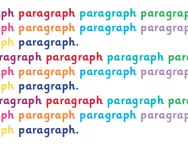
What is a paragraph?
A paragraph is a section of writing consisting of one or more sentences grouped together and discussing one main subject.
New paragraphs are either signalled by an indent (where the text starts some way into the line) or by leaving a line blank.
How are paragraphs used?
Paragraphs help to structure text; every new paragraph starts on a new line. We start a new paragraph to signal that the person, place, time or topic of the sentences has changed.
In fiction text, paragraphs are usually used to mark breaks in time. A new paragraph may also be started if the point of view switches from one character to another.
In a non-fiction text, a paragraph is a group of sentences that usually all have one theme in common.
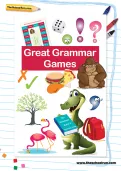
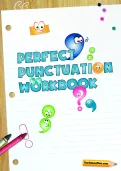
Download Fantastic FREE Grammar Resources!
- Perfect Punctuation Workbook
- Grammar Games Pack
- PLUS 100s of other grammar resources
In primary school texts will often have a five-paragraph structure:
- Paragraph 1 is an introduction
- Paragraphs 2, 3 and 4 focus on three specific (and different) points
- Paragraph 5 is a conclusion
When are children taught to use paragraphs?
Children start to use paragraphs in Year 3. This is a skill that can often get forgotten by an enthusiastic child desperate to get all their writing down!
A good way to encourage children to use paragraphs in a story is to introduce this idea at the planning stage. A story map or story mountain with boxes can help children to think about each paragraph before they start writing:

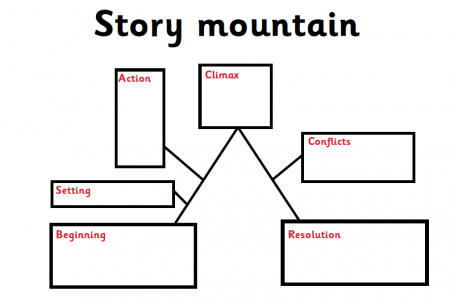
A good way to encourage children to use paragraphs when writing a non-fiction text is to give them a spider diagram with sub-headings for making notes on.

A spider diagram encourages children to arrange their notes into separate boxes according to theme. This means that when they come to write their notes up into sentences, they will know that their text needs to be split into four different paragraphs.
Teachers often find that when children write a first draft of their writing they forget to split their writing into paragraphs. This is why writing a first draft is a good idea, as it is a chance to correct and improve the structure of a piece of writing.

